1. Introduction
2. About Incheon International Airport Company (IIAC)
A. History
B. IIAC’s Expansion Plans
3. External Analysis
A. Competitors
B. Industry
4. Internal Analysis
A. Cargo
B. Passengers
C. Additional Airport Facilities
D. Potentials as a Hub Airport
5. Proposed Strategies
A. Growth Strategies (Hub Airport)
i. Targeting Low-Cost Carriers
ii. Surrounding Area Development
B. Diversification Strategy
i. Airport Consulting
6. Conclusion
The first step IIAC should take to become a true global leader in all aspects is to dominate the top position in Asia. Incheon is outperforming major competitors in terms of cargo capacity and facilities and we believe that IIAC’s future expansion plans will be suitable to keep the airport as the leader in the freight handling business. However, IIAC has yet to take over the leading position in the passenger business. Threats of competition, such as Changi, and the need to identify additional demands from the international market remain as strategic problems that IIAC must deal with. Also, IIAC could benefit from extending its business to find other sources of revenue, in preparation for unexpected circumstances or changes in environment, such as economic slowdown. In regards to these problems, we have come up with two main strategies – growth and diversification.
A. Growth Strategies (Hub Airport)
For the discussion of our case, we confine the meaning of hub airports to the ‘hourglass hub airport’ – an airport which links two locations directly – because Incheon airport is located in a strategic spot that conveniently connects East Asian nations with the rest of the world. We believe that IIAC will be able to increase the number of operating airline companies and the market share in current airport market by adopting the following hub strategies.
The most important requirement to becoming a successful hub airport is creating enough demand – number of airline companies and international flights, size of cargo and passenger transshipments. Convenient amenities and services for stop-by passengers are also crucial requirements of hub airport. Through providing a high-quality environment, the airport could attract passengers waiting for other flights at the airport. Location is another important factor for becoming a successful hub airport. The airport should be located where non-stop flights are available and is in close vicinity to other countries nearby. Also, holding major airline companies as its hub customers is crucial in that those passengers would naturally choose to pass by the airport.
Both airports and passenger customers benefit from this hub system. Although completely avoiding wait-time is not possible, the time will definitely be shortened because passengers can choose among a larger number of destinations with this system. Airline companies will be able to operate planes at full or close-to-full capacity and thus increase the efficiency of flights. The hub airport can increase revenue through the increased passenger turnover, because they are potential customers of airport’s various amenities and services.
The major issue for IIAC at this point would be to generate demand from transferring passengers. The yearly number of transferring passengers of IIAC reached 5 million recently and the rate of transfer had sharp increase with 11.3% averagely every year and is expected to rise to the level of 18%. However, it is well below the rates of competitors, such as Hong Kong (33.8%) and Changi (30%). As a solution to this problem, we suggest that IIAC start targeting the Low Cost Carriers market.
i. Targeting Low Cost Carriers
Low Cost Carrier (LCC)
Low Cost Carriers, which adopts a business model opposite to the traditional Full Service Airlines (FSA), are airlines that provide flights at low prices targeted toward the price-sensitive customers. Although FSAs have dominated the airline industry for long time, these days are many of them are recording decreasing profits. LCCs on the other hand are expanding their size and influences in the industry, with increasing customer base. For example, “Air Asia” in Malaysia saw an increase in the number of passengers by 9% on average in a year, and 33% of the total flight passengers in Kuala Lumpur are current customers of the airline. They can maximize profit by attracting new demands and also moving into existing markets for FSAs. Currently, there are more than 120 LCCs operating in the world and the number is expected to grow steadily in the near future. European LCCs have been growing at 6% annually since 2002 and the market share reached 35% in 2008. The situation in U.S is better – maintaining 26% growth rate since 2002. The demand for LCCs is also high in Asia. The demand has increased by 9% annually and now takes up more than 33% of the market share since 2008.
1. 이재환(2006), "인천국제공항의 경쟁력 향상 방안에 관한 연구 – 여객터미널 이용자 및 서비스 제공자 간의 서비스 품질 측정을 중심으로", 인천대학교 동북아물류대학원 석사학위 논문
2. http://www.airasia.com
3. Anming Zhang (2009), "중국의 허브공항-성장과 개발", 21세기 허브공항 전략 및 사례, p.61
4. Anming Zhang (2009), "Low-cost carriers in Asia: Deregulation, regional liberalization and secondary airports", in Sauder School of Business, UBC.
5. Anne Graham (2004), "Airport strategies to gain competitive advantage", GARS: Slots, Airport competition
6. Anthony T.H. Chin(2005), "싱가포르 창이공항의 허브공항으로서 도전과 개발 전략"
7. Centre for Asia Pacific Aviation, "Low Cost Airport Terminals Report 2008"
8. M.R. Pitt and A.W. Brown(2001), "Developing a strategic direction for airports to enable the provision of services to both network and low-fare carriers", Facilities, Vol 19, No 1/2, 52-60.
9. http://www.ryanair.com
10. Sean D. Barett (2004), "Airport competition in the deregulated
11. Sean D. Barett (2004), "How do the demands for airport services differ between full-service carriers and low-cost carriers?", Journal of Air Transport Management Vol 10, 33-39.
12. http://www.airlinequality.com
13. Yonghwa Park (2003), "An analysis for the competitive strength of Asian major airports", Journal of Air Transport
14. http://www.centreforaviation.com/news/2009/05/19/incheon-airport-cargo-flat-lines-passengers-recovering-but-korean-air-and-asiana-to-raise-fares/page1
15. http://www.airport-technology.com/features/feature91770/
16. http://www.naa.jp/en/
17. http://news.naver.com/main/read.nhn?mode=LSD&mid=sec&sid1=100&oid=003&aid=0003453622
18. http://blog.naver.com/beaniebeads?Redirect=Log&logNo=70019089533
19. http://www.taxfreetravel.com/Seoul%20Incheon%20International%20Airport%20
20. http://www.koreaherald.com/business/Detail.jsp?newsMLId=20100801000268
21. http://www.visitkorea.or.kr/enu/SI/SI_EN_3_6.jsp?cid=258029




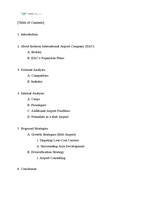
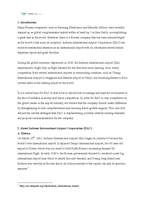

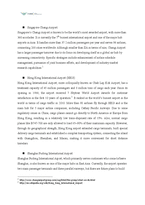
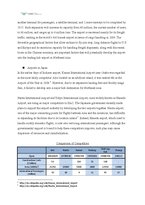
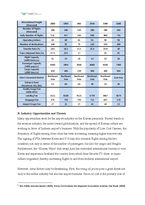
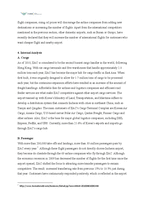
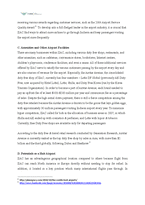
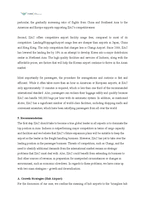
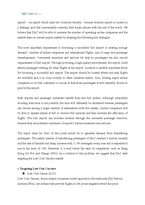
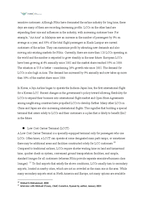
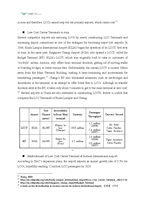
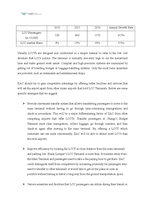
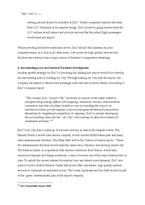
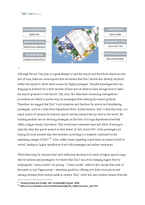
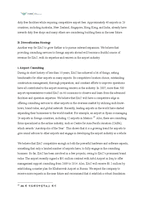
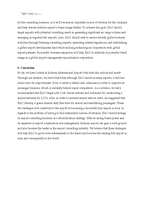
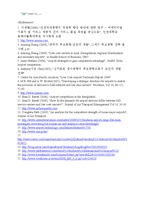
 분야
분야


